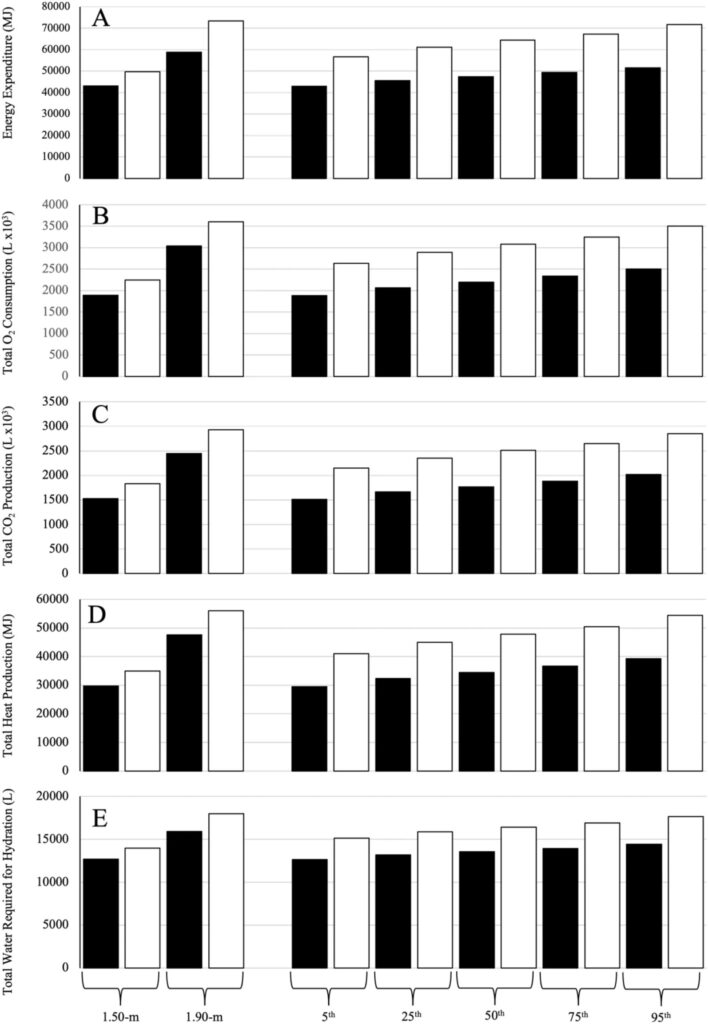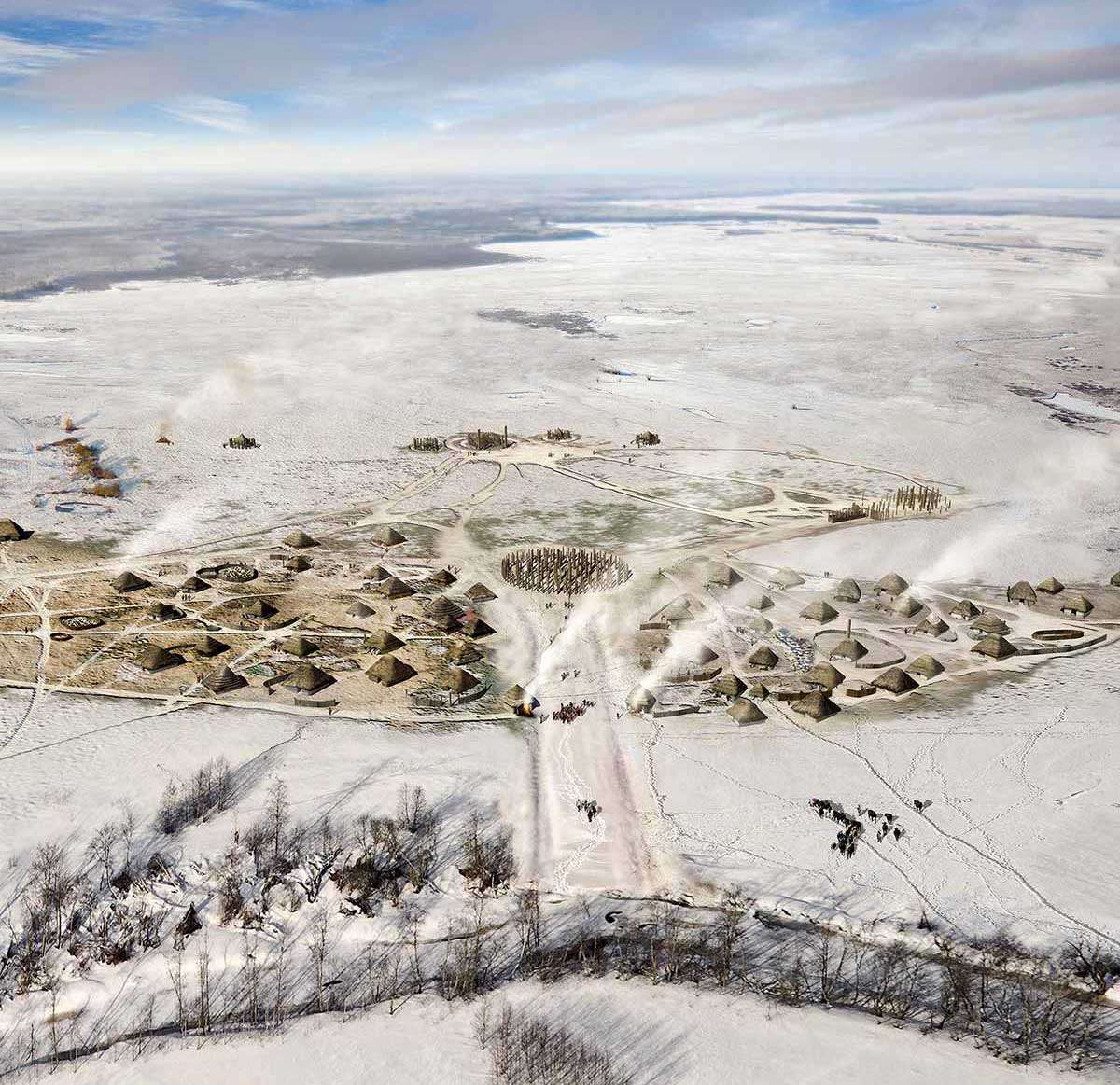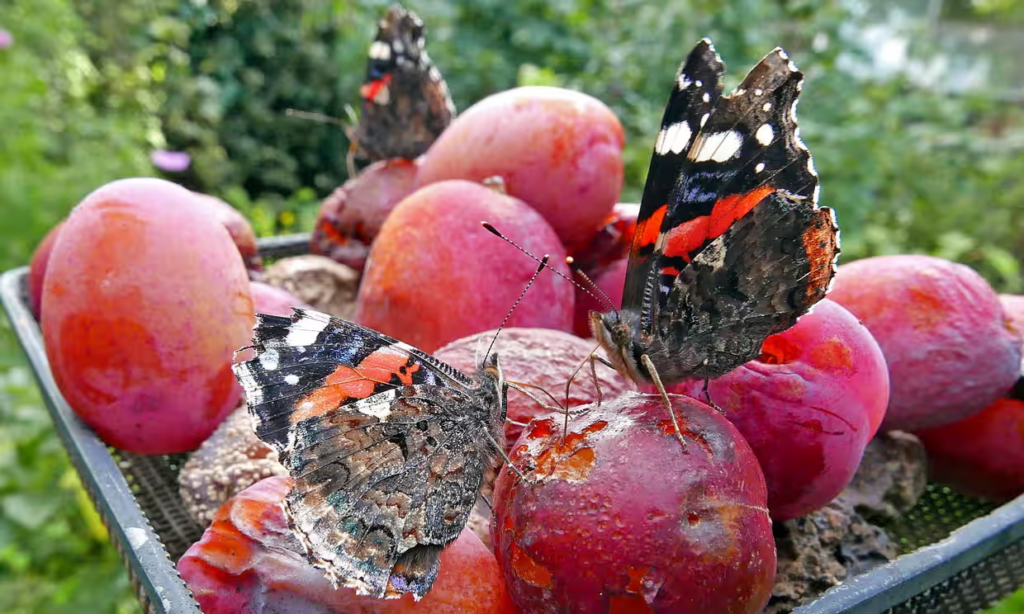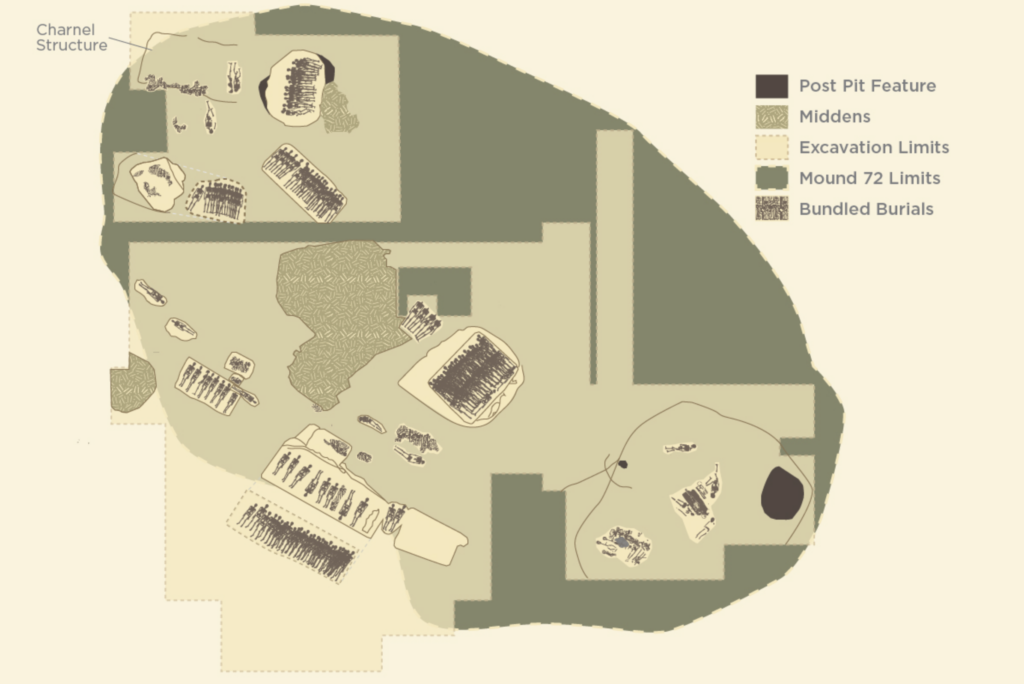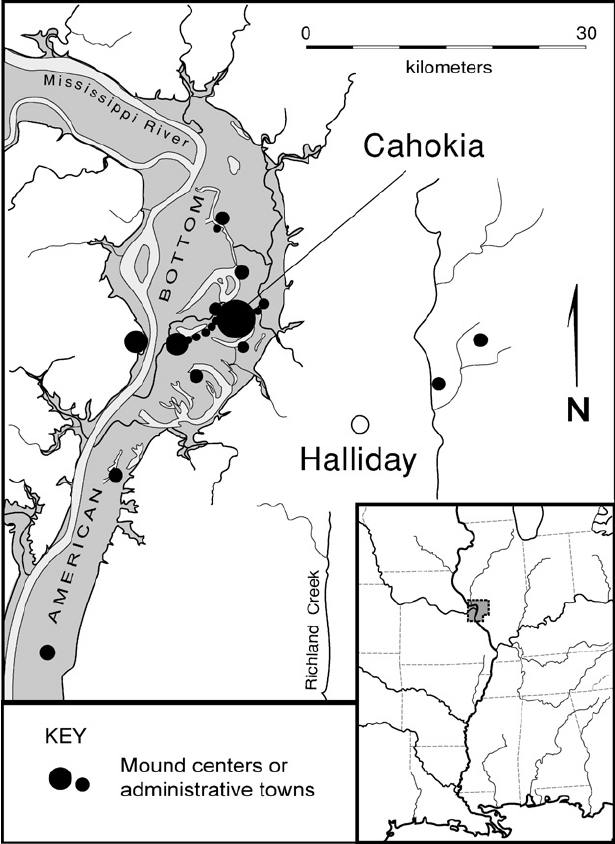About 55.6 million kilometers from the moon orbits another trove of space archeology: Mars (Ropelato, 2023). Named after the Roman god of war, Mars carries its own mythology. However, many of the stories which actually surround Mars, the planet, are relatively modern, brought about by space exploration and imaging of the red giant. Some of Mars’s earliest archeology begins with an Italian astronomer, Giovanni Schiaparelli. After close observation of Mars, or as close as was possible in the 1870s, Schiaparelli claimed to have found canals on the surface of Mars (Figure 1), an observation many others took to be evidence of extraterrestrial life (Tietz, 2019). Despite later evidence which would disprove the presence of any sort of canals on Mars, the possibility of Martians had already crept into literature and media alike. From cartoons to comics to horror movies, Mars had made its way irrevocably into popular culture.
However, the progression away from the highly fictionalized version of Mars has not been a linear one. Though Schiaparelli’s theory was quickly disproven, yet another theory took its place. A century later, an orbiter sent by NASA named Viking 1 captured a series of images of what would come to be known as the region Cydonia (David S., 2019). Seemingly resembling a face, a geological feature captured in an image sparked conversations from communities across the globe. Though NASA officials insisted the geographic feature was nothing more than exactly that, a pair of scientists were convinced otherwise, publishing a book titled Unusual Martian Surface Features. Although, once again, more recent imaging has confirmed the feature to be a rock formation, the general public’s love for conspiracy gave a great deal of attention to this theory. Once again, Mars had found its way into the news and media.
Further reading on Mars in mythology and popular culture can be found at: https://www.hindustantimes.com/lifestyle/art-culture/mars-as-seen-from-earth-the-red-planet-in-pop-culture-101620404367145.html
The investigation into such theories has left a great deal of actual archeological artifacts both in space and on the surface of Mars. From the previously mentioned Viking 1 to more recent spacecrafts, such as the Opportunity and Curiosity rovers (Figure 2), man-made artifacts litter the desert planet (“Mars Exploration Rovers,” 2019). The purpose of the research these rovers conducted not only served to discover more about the planet Mars, but to apply said research to our own planet. Found to once have been as inhabitable as earth, complete with oceans, rivers, and a thick atmosphere, The Mars we know now has changed quite a bit (Drake, 2021). Research of Mars has aided scientists in understanding the evolution of planets and the future of our own earth.
To find a comprehensive list of all spacecrafts sent to investigate Mars by NASA, read: https://mars.nasa.gov/mars-exploration/missions/?page=0&per_page=99&order=date+desc&search=
References
Anderson, David S. “Archaeology on Mars – from the Fantastical to the Real.” Forbes, February 18, 2019. https://www.forbes.com/sites/davidanderson/2019/02/15/archaeology-on-mars-from-the-fantastical-to-the-real/?sh=7618bbac4cd1.
Drake, Nadia. “Why We Explore Mars-and What Decades of Missions Have Revealed.” Science, May 4, 2021. https://www.nationalgeographic.com/science/article/mars-exploration-article?loggedin=true&rnd=1701641216737.
“Mars Exploration Rovers.” NASA, September 7, 2019. https://mars.nasa.gov/mars-exploration/missions/mars-exploration-rovers/.
“‘Mars, Face On.’ Encyclopedia of Occultism and Parapsychology. Encyclopedia.Com. 15 Nov. 2023 . https://www.encyclopedia.com/science/encyclopedias-almanacs-transcripts-and-maps/mars-face.
Ropelato, Jerry. “How Far Is Mars from the Moon?” WhiteClouds, September 10, 2023. https://www.whiteclouds.com/faq/how-far-is-mars-from-the-moon/#:~:text=Since%20the%20Moon%20orbits%20Earth,(approximately%2034.6%20million%20miles).
Tietz, Tabea. “Giovanni Schiaparelli and the Martian Canals.” SciHi Blog, March 14, 2019. http://scihi.org/giovanni-schiaparelli-martian-canals/.

